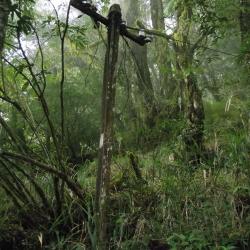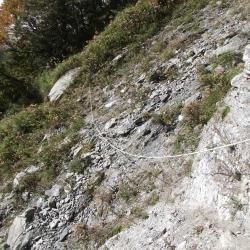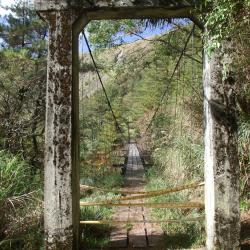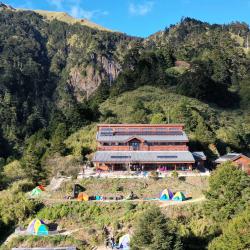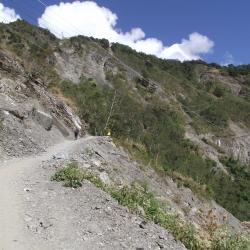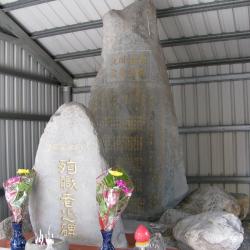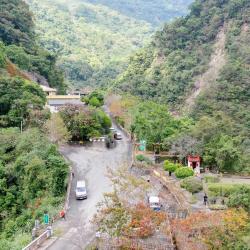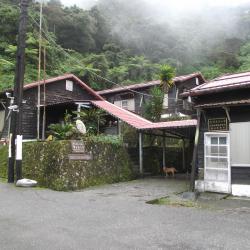Nenggao Traversing Historic Trail route starts from Tunyuan Mountain Pass in Renai Township, Nantou County. Going east, winding around the mountainside in the south of Weishang Mountain, passing the Yunhai Tai-power Hut and Tianchi Lodge, then cross the Nengao Saddle in the south of the Nengao North Peak in the Central Mountain Range, and then all the way downhill, passing through the Guilin Tai-power hut, Wujiabeng Mountain, and down to the eastern part of Qilai Tai-power hut, and finally arriving at Tongmen Village, Xiulin Township, Hualien County.
In the late 1970s, due to the erosion caused by the convergence of two rivers, the mountaisides began to collapse vigorously that left no traces of the traversing trail. Hence, the only way in was through Tai-power maintenance road, up to the top of Wujiabeng Mountain, then down to the east entry of the trail at the end of Qilai Tai-power maintenance road.
